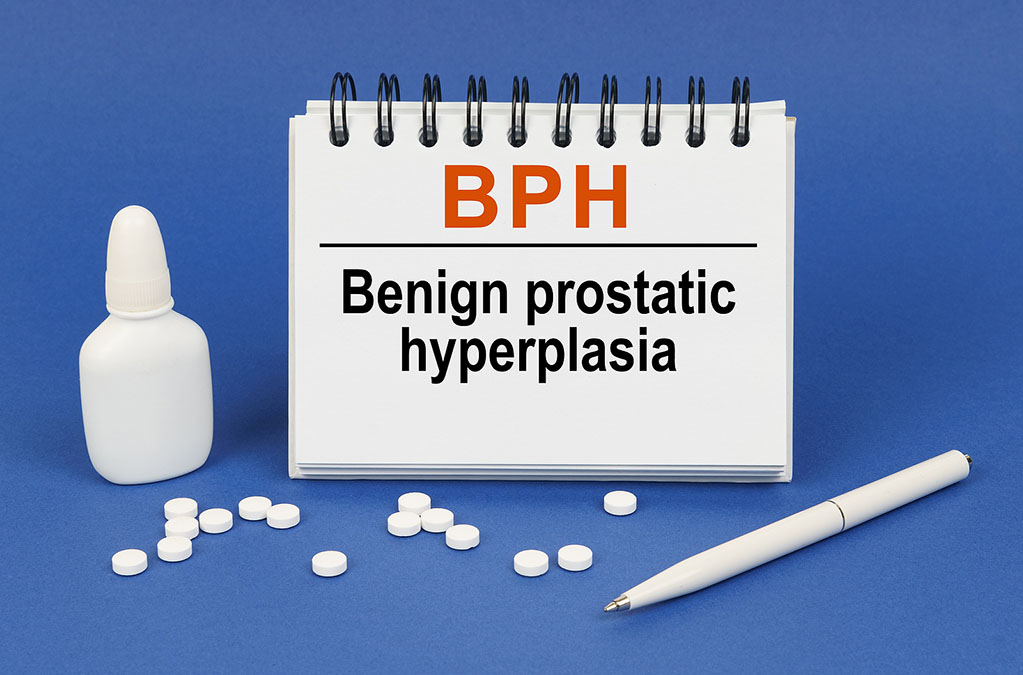 This is the most common drug prescribed for enlarged prostate.
This is the most common drug prescribed for enlarged prostate.
You’re most likely taking it already or will be pushed by your doctor to take it.
It is meant to shrink the prostate, but a new study in European Urology Open Science warns that it kills in the most terrifying way.
Finasteride is a man-made compound that blocks certain enzymes in the body. These enzymes convert testosterone to dihydrotestosterone (DHT), which plays a role in prostate enlargement and hair loss. By inhibiting these enzymes, finasteride reduces levels of DHT in the prostate and blood.
Initially, it was developed to treat prostate enlargement, but then it was discovered that it also stopped the progression of hair loss in men. As a result, it is now prescribed for a large number of men worldwide. It is commonly taken at a higher dose for prostate enlargement and a lower dose for hair loss.
The advertised side effects of finasteride have always included sexual dysfunction, infertility, breast swelling/tenderness, breast cancer, rash, allergic reactions, and testicular pain.
In 2011, the American Food and Drug Administration added depression as a possible side effect due to reports of mood changes. Since then, some reports of suicides have also emerged among men who use it for hair loss.
So, how bad is the problem if you take it for an enlarged prostate? After all, the hair loss dose is much smaller, which predicts nothing good for men who take higher doses for prostate problems.
The authors of the study examined the literature to determine whether there was a relationship between finasteride and suicidal thoughts.
Let’s see what they found.
-
1. Australia (2021) and France (2022) added suicidal thoughts and potential suicides to the list of side effects.
2. The FDA’s adverse event reporting system includes a disproportionate number of reports of suicidal thoughts for men taking finasteride compared with those not taking it.
3. The case safety system of the World Health Organization shows a higher rate of suicidal thoughts for men on finasteride. This relationship was stronger for younger men than for older ones.
4. In 2022, a web-based worldwide trend analysis by the USC Keck School of Medicine revealed a higher rate of suicidal thoughts among men on finasteride.
5. In one examination of six suicide victims among men who took finasteride, researchers found that they had no history of depression or psychological problems but that they struggled with insomnia and sexual dysfunction caused by both the drug and its discontinuation.
6. In one study with 93,197 male participants aged 66 and older, the risk of depression was higher among finasteride takers, but the rate of actual suicides was not.
Problematically, most of the studies on this relationship were done on men taking lower doses for hair loss, which suggests that a study on men who take higher doses for prostate problems is way overdue.

 Overcoming IBD
Overcoming IBD Multiple Sclerosis
Multiple Sclerosis Banishing Bronchitis
Banishing Bronchitis Gum Disease Gone
Gum Disease Gone Overcoming Onychomycosis
Overcoming Onychomycosis Neuropathy No More
Neuropathy No More The Prostate Protocol
The Prostate Protocol Brain Booster
Brain Booster
 Ironbound
Ironbound
 Solution for Shingles
Solution for Shingles
 The Bone Density Solution
The Bone Density Solution
 The Ultimate Healing Protocol
The Ultimate Healing Protocol
 The Parkinson's Protocol
The Parkinson's Protocol
 The Chronic Kidney Disease Solution
The Chronic Kidney Disease Solution
 Overthrowing Anxiety
Overthrowing Anxiety The Fatty Liver Solution
The Fatty Liver Solution The Hypothyroidism Solution
The Hypothyroidism Solution
 The End of Gout
The End of Gout The Blood Pressure Program
The Blood Pressure Program
 The Oxigized Cholesterol Strategy
The Oxigized Cholesterol Strategy
 Stop Snoring And Sleep Apnea Program
Stop Snoring And Sleep Apnea Program
 The Arthritis Strategy
The Arthritis Strategy The Vertigo & Dizziness Program
The Vertigo & Dizziness Program The 3-Step Diabetes Strategy
The 3-Step Diabetes Strategy Hemorrhoids Healing Protocol
Hemorrhoids Healing Protocol The Erectile Dysfunction Master
The Erectile Dysfunction Master Weight Loss Breeze
Weight Loss Breeze The IBS Program
The IBS Program The Insomnia Program
The Insomnia Program The Migraine and Headache Program
The Migraine and Headache Program The Neck Pain Solution
The Neck Pain Solution The Menopause Solution
The Menopause Solution The Ejaculation Master
The Ejaculation Master The TMJ Solution
The TMJ Solution The Acid Reflux Solution
The Acid Reflux Solution The Fibromyalgia Solution
The Fibromyalgia Solution The Psoriasis Strategy
The Psoriasis Strategy